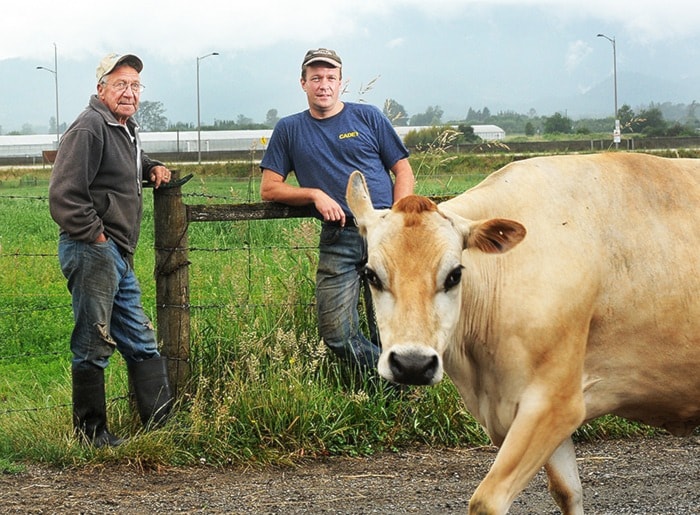Editor, The News:
Re: Online petition to keep farmland (The News, June 15).
I would like to clear up a few misconceptions that may have occurred as a result of Phil Melnychuk’s article.
Annette LeBox was quoted as saying “... the Pitt Polder Preservation Society, which tried to preserve farmland a decade ago, is now dissolved.”
Unfortunately, this seemed to indicate that the polder society had not been involved in protecting farmland for the past 10 years, but in fact the society, which was formed in 1996 to stop a housing development in the Pitt Polder, was actively involved in protecting both the environment and farmland until its dissolution in December 2014.
As was correctly stated in the article, the first proposal made by the Peltons to remove land from the ALR for industrial development occurred in 2004.
At this time, the Pitt Polder Preservation Society launched a petition opposing the exclusion.
But as this proposal did not make it past the council of the day, it was filed away.
Re-enacted in opposition to the second Pelton proposal in 2010, the petition, which had grown to 2,335 signatures, was presented to the Agricultural Land Commission in 2010.
The polder society launched a campaign opposing this exclusion and consequently dozens of letters and emails were submitted to the ALC.
In October 2010, this proposal to remove 66 hectares of land from the ALR for industrial development was denied.
The reasons given by the ALC for refusing the application (the land being agriculturally capable, no justification for converting agricultural land in a prime agricultural area, negative impacts on surrounding lands) have even more significance today.
Continued drought in the U.S. (from whence we acquire considerable produce), diminishing global food lands, climate change, the environmental impact and costs associated with importing food, rapidly increasing population in the Lower Mainland, and the threat of the Site C dam, which is destined to flood hundreds of hectares of prime food land in northern B.C., increases the importance of protecting our vitally important food lands.
It was, of course, inevitable that another application to develop this particular piece of land would re-surface, so it was no surprise that the new owners – the Aquilini Investment Group – would request to remove this land from the ALR.
There are other areas in Maple Ridge that are suitable for industrial development (as was also noted in the ALC decision), but quality food land, where water and climate are agreeable to food production, is a tremendous bonus.
Common sense dictates that this application should be flatly denied.
Diana Williams
Pitt Meadows
